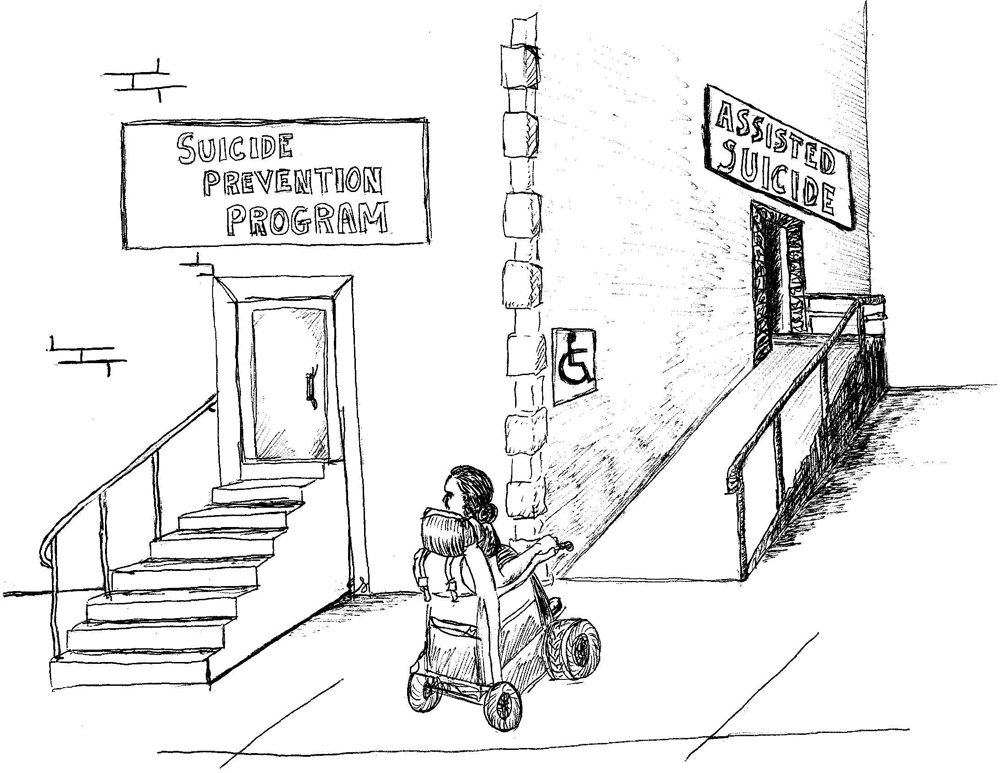Blog Post
With legal euthanasia, governments choose who gets suicide assistance and who gets prevention
By Jonathon Van Maren
New Mexico has become the latest state to legalize assisted suicide, with Gov. Michelle Lujan Grisham signing the Elizabeth Whitefield End-of-Life Options Act. The bill is named for a New Mexico judge who had long lobbied for assisted suicide legalization before dying of cancer in 2018.
Oregon was the first state to legalize assisted suicide with the so-called Death with Dignity Act in 1994 (it took effect in 1997); Washington followed in 2008, Vermont in 2013, and then a seeming rush toward legalization. California legalized assisted suicide in 2015; Colorado and the District of Columbia in 2016; Hawaii in 2018; Maine and New Jersey in 2019. Montana’s Supreme Court previously ruled that a “right to die” existed in 2009.
And now New Mexico, where assisted suicide for terminally ill patients with six months or less to live will be able to apply for poison to end their lives as of June 18, 2021.
The politicians are insisting, as they always do, that this new right to suicide is accompanied by a phalanx of safeguards. Two doctors must agree on the six-month diagnosis; the person applying for suicide must be mentally competent and must pass a test proving it; there is a 48-hour waiting period to ensure that they are certain about the decision; they must take the poison themselves.
READ THE REST OF THIS COLUMN AT LIFESITENEWS.COM








